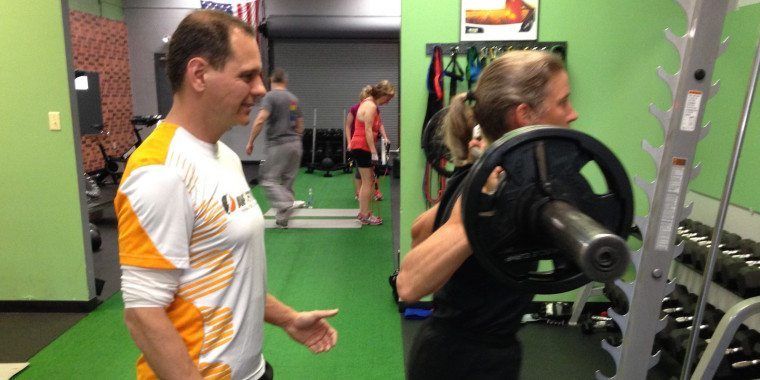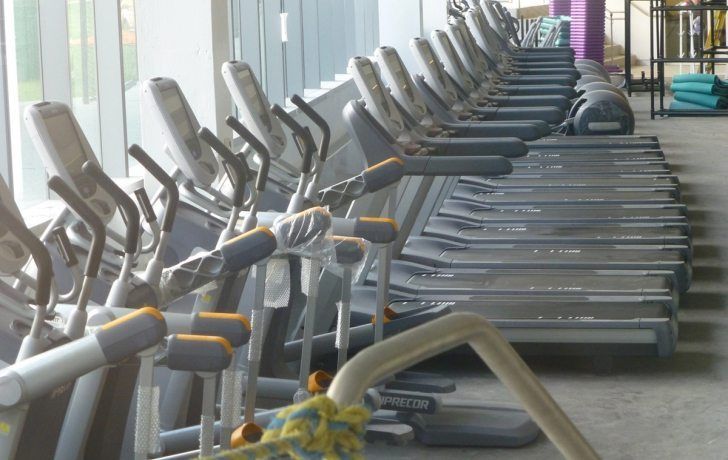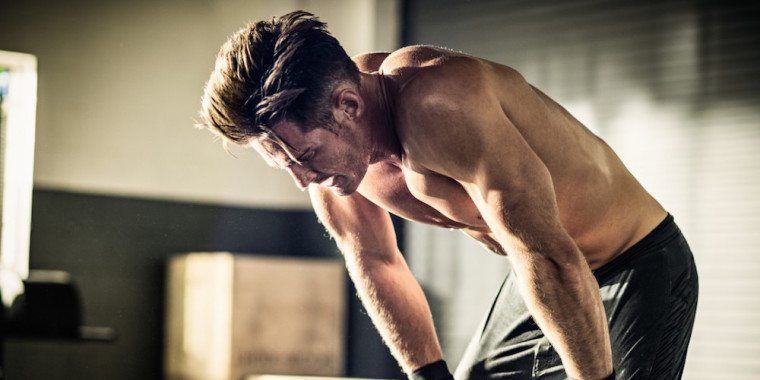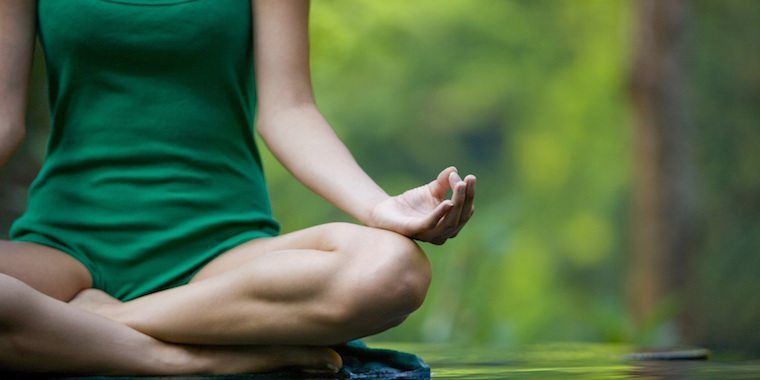Yoga provides a number of well-documented physical, mental and emotional benefits, including reduced blood pressure, enhanced feelings of relaxation, stress reduction, improved digestion, better posture, increased strength and flexibility and improved balance.
The practice of yoga also has been shown to benefit individuals with chronic diseases and disabilities through improved body awareness and orientation, the development of focus and concentration, the encouragement of learning and creativity, and increased awareness of our relationship to others.
Yoga practice involves breath work (pranayama) to connect the mind and body, as well as to connect our thoughts and feelings with movement.
In addition, yoga can be tailored to focus on strengthening and stretching specific muscle groups, making it an ideal compliment to a workout regiment.
If you are looking to add a yoga class to your weekly workouts, here are some tips from the American College of Sports Medicine.
Selecting a Yoga Class
There are numerous varieties of yoga classes, each offering different types of yoga and different teachers and styles. Make sure to select an appropriate class and instructor for your skill level.
Classes vary in pace and emphasis from slower-paced practices that include breathing and meditation, to faster, flowing movement sequences combined with rhythmic breathing.
The different styles of yoga include:
- Ananda – Provides a tool for spiritual growth while releasing tension; uses silent affirmations while holding poses.
- Ashtanga – A vigorous practice incorporating a fast-paced series of sequential postures that increase in difficulty.
- Bikram – Involves practicing a series of 26 traditional Hatha yoga postures (13 standing and 13 sitting) in a hot environment (near 100 degrees Fahrenheit).
- Hatha – A more relaxed, slower-paced practice that includes breathing and meditation exercises; emphasizes breathing, strength and flexibility; good for those new to yoga.
- Iyengar – Focuses on proper alignment with the use of props; poses are typically held much longer than in other styles of yoga.
- Jivamukti – A highly meditative yet physically challenging form of yoga that includes vinyasa-style sequences of poses asanas, chanting, meditation, readings, music and affirmations.
- Kripalu – Three stages make up this practice: will-practice, willful surrender and meditation in motion; characterized by trusting the body’s wisdom to move in a way needed to release tensions and enter more deeply into meditation.
- Kundalini – Incorporates postures with dynamic breathing techniques, chanting and meditating to awaken the energy at the base of the spine and draw it upward through each of the seven energy centers of the body (chakras).
- Power Yoga – A challenging and disciplined series of poses designed with the intention of creating heat and energy flow.
- Sivananda – Geared toward aiding participants in their journey toward self-discovery.
- Svaroopa – Incorporates proper breathing (pranayama), exercise, relaxation (savasana) and vegetarian diet with positive thinking (vedanta) and meditation (dhyana).
- Therapeutic – Addresses all levels – physical, emotional and spiritual – of the healing process to promote health, function and enhanced quality of life for special populations (e.g., heart patients, hypertensives, cancer survivors or others with physical limitations).
- Viniyoga – A gentle yet powerful and transformative practice in which poses are synchronized with the breath in sequences determined by the practitioner.
- Vinyasa – A flow-style of yoga that melds breathing with movement, similar to Ashtanga but with less repetition or following of a set sequence.
- Yoga For Fitness – Based upon the Hatha yoga practice, this fitness-based approach is tailored for the mainstream health club member. It utilizes strength, flexibility, balance and power to give you a full workout.
Keys to Safe Yoga Session
- Warm-up of low-to moderate-intensity movements designed to increase your heart rate, respiration and blood flow to the muscles, while also preparing the body for more intense activity.
- Work phase of more intense activity, which varies depending on the yoga style, and may include a greater number of repetitions, holding poses for a longer time period or using more explosive movements.
- The class should end with a cool down, which may include lower-intensity exercises, stretching, twisting poses and a final relaxation.
- Listen to your body. If performing a posture causes you pain or doesn’t feel right, practice a modification or another pose.
Etiquette
- When attending a yoga class, there are a few guidelines to follow to ensure that you have a positive experience:
- Arrive early. Allow ample time to ready yourself for class.
- Enter quietly. Enter the room quietly, making sure not to disturb others.
- Be free of distractions. Do not bring a cellphone or other electronic items to class that may be a distraction.
- Be considerate. Allow plenty of room between you and your neighbor for free movement. If you must leave the room during class, do so quietly and discreetly.
Other Considerations
It is more comfortable to practice yoga on a somewhat empty or empty stomach, so eat lightly in the minutes or hour before practice or have a bigger meal two or more hours before class. Be sure to have a bottle of water available during your session.












